Leon Bellan
-
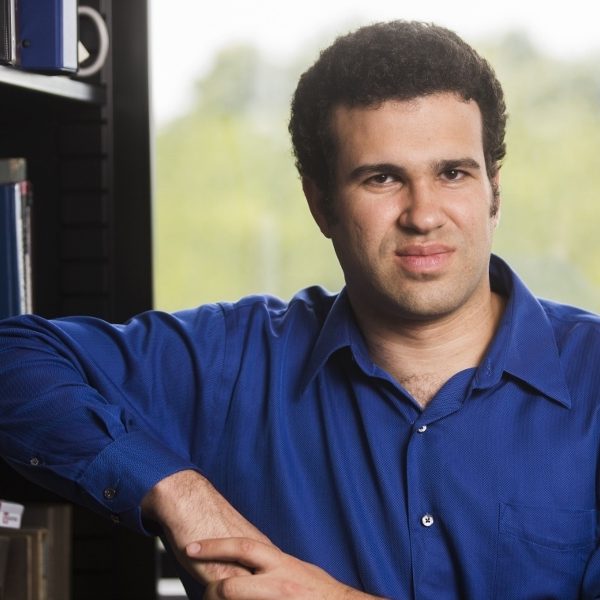
Innovative drug delivery mechanism triggered by cooling could provide targeted pain relief
While using an ice pack to ease pain is nothing new, a Vanderbilt team has taken the concept high-tech. Associate Professor Leon Bellan leads the group that has developed a cold-triggered “depot”—an implantable device that releases medication from within the body on demand. This shows promise on two fronts: Patients can release the medication simply by putting an ice pack over the implant, and locally effective NSAID drugs can be used instead of more addictive opioids. Read MoreDec 4, 2025
-
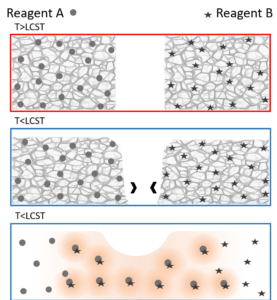
Vanderbilt research shows how a gel that “melts” at cold temperatures can be used to start chemical reactions
A new study by Vanderbilt researchers demonstrates the ability to initiate chemical reactions by cooling materials instead of heating them. Read MoreAug 29, 2022
-
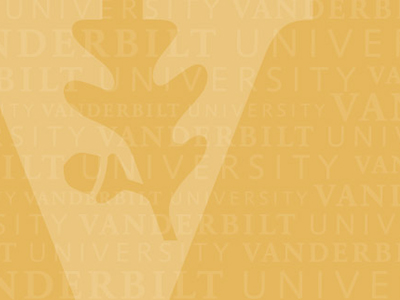
Autoimmune drug shows promise in treating severe burns
A severe burn injury is not static. Within 72 hours, partial thickness burns can progress, or convert, to full thickness burns, greatly increasing the risk of infection, incapacitating scarring, and even death. Preventing the conversion is one of the most challenging aspects of treating burns, and a trans-institutional team of researchers from Vanderbilt University Medical... Read MoreJan 12, 2022
-

Trans-institutional collaboration receives $2 million BRAIN Initiative grant, developing brain organoids to map neurological development
Vivian Gama, assistant professor of cell and developmental biology, and Leon Bellan, associate professor of mechanical engineering and biomedical engineering, have won a $2.3 million, three-year grant from the National Institutes of Health Brain Research through Advancing Innovative Neurotechnologies Initiative. Vivian Gama Leon Bellan (Vanderbilt University) The researchers will be developing three-dimensional brain organoids and... Read MoreFeb 3, 2021
-

Trans-institutional collaboration receives $2 million BRAIN Initiative grant, developing brain organoids to map neurological development
Vivian Gama, assistant professor of cell and developmental biology, and Leon Bellan, associate professor of mechanical engineering and biomedical engineering, have won a $2.3 million, three-year grant from the National Institutes of Health Brain Research through Advancing Innovative Neurotechnologies Initiative. Vivian Gama Leon Bellan (Vanderbilt University) The researchers will be developing three-dimensional brain organoids and... Read MoreFeb 3, 2021
-
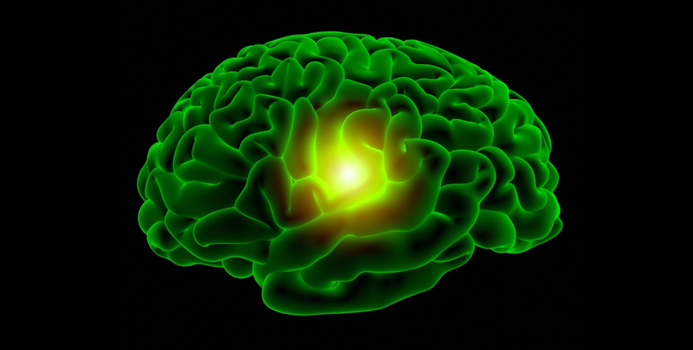
First step toward model brain: turning iPSCs into working blood-brain barrier
The brain endothelial barrier had previously been generated from induced pluripotent stem cells in a two-dimensional culture but not validated in three-dimensional, vein-like structures that are necessary to feed the organoids. Read MoreFeb 21, 2019
-
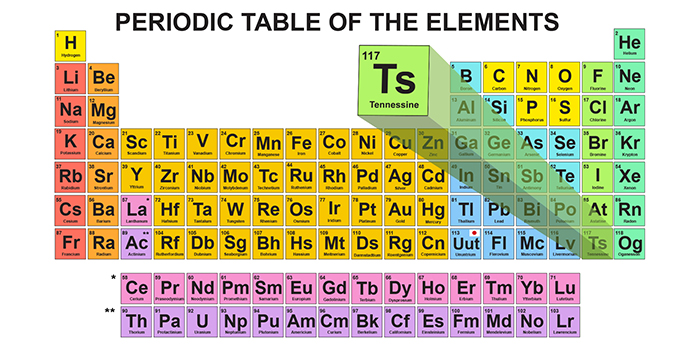
Research that ruled in 2016: Readers’ favorite stories
Artificial kidneys, gay-straight alliances and junkyard batteries captured readers' attention in 2016. Read MoreDec 16, 2016
-

Cotton candy machines may hold key for making artificial organs
Vanderbilt engineers have modified a cotton candy machine to create complex microfluidic networks that mimic the capillary system in living tissue and have demonstrated that these networks can keep cells alive and functioning in an artificial three-dimensional matrix. Read MoreFeb 8, 2016
-
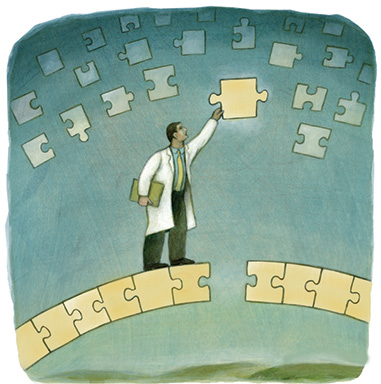
Research Roundup, Summer 2015
Creating artificial human capillary blood vessels using cotton candy and gelatin | Increasing and improving retention of underrepresented minority students in STEM fields Read MoreJul 31, 2015
-

VUCast: Sweet Sound of Success
Hear how a talented student is earning accolades in Vienna; see what an engineering student built to advance biomedical research; and celebrate with the newly accepted members of the Class of 2019. Watch now! Read MoreApr 2, 2015
-

See how this sophomore is helping build artificial blood vessels!
VANDERBILT COMPUTER ENGINEERING MAJOR MATTHEW RICHARDSON LOVES ROBOTICS. “I kind of view this as my own robot in a way.” THIS UNDERGRAD IS COMBINING COMPUTER ENGINEERING ON A 3-D PRINTER WITH THE COMPLEX BIO-ENGINEERING OF THE BODY. TODAY HE’S BUILDING A VERSION OF ARTIFICIAL BLOOD VESSELS. “The 3D printed… Read MoreFeb 11, 2015